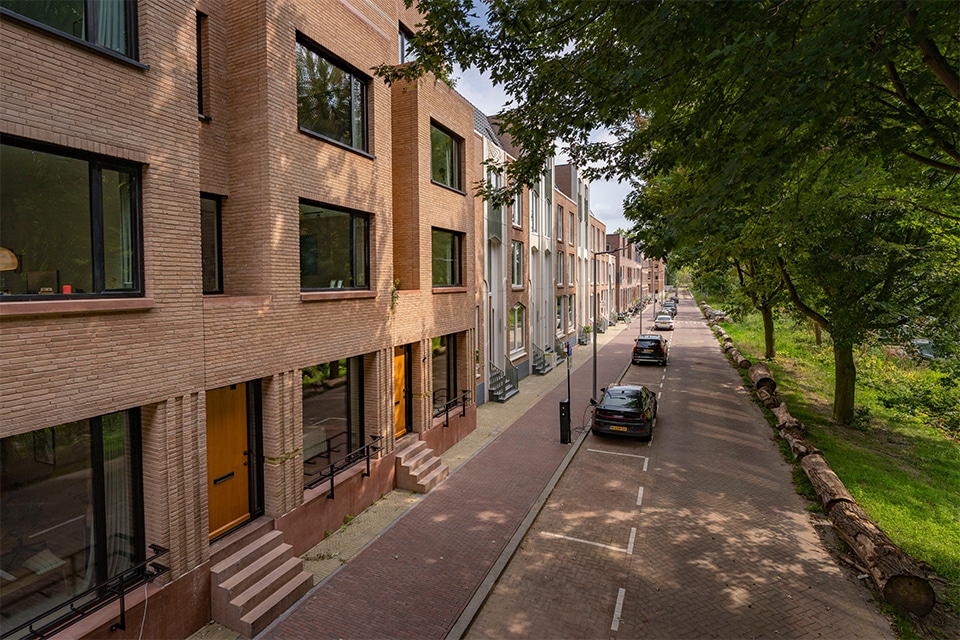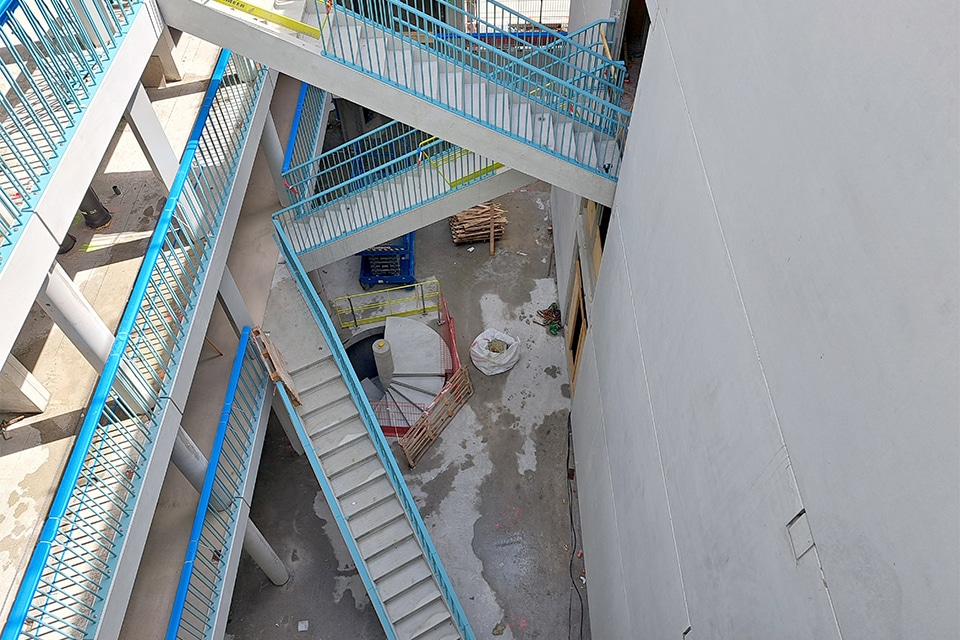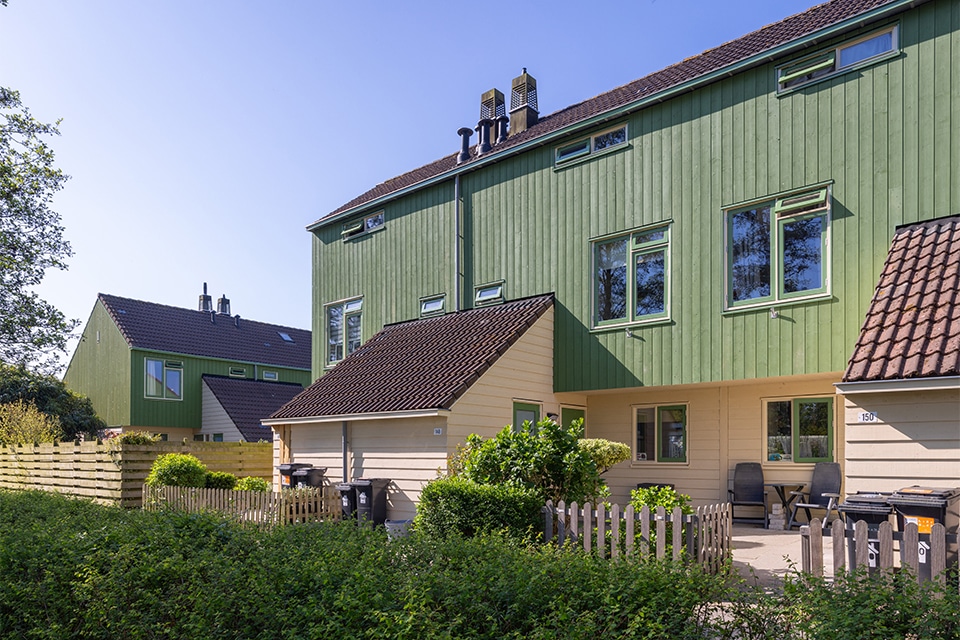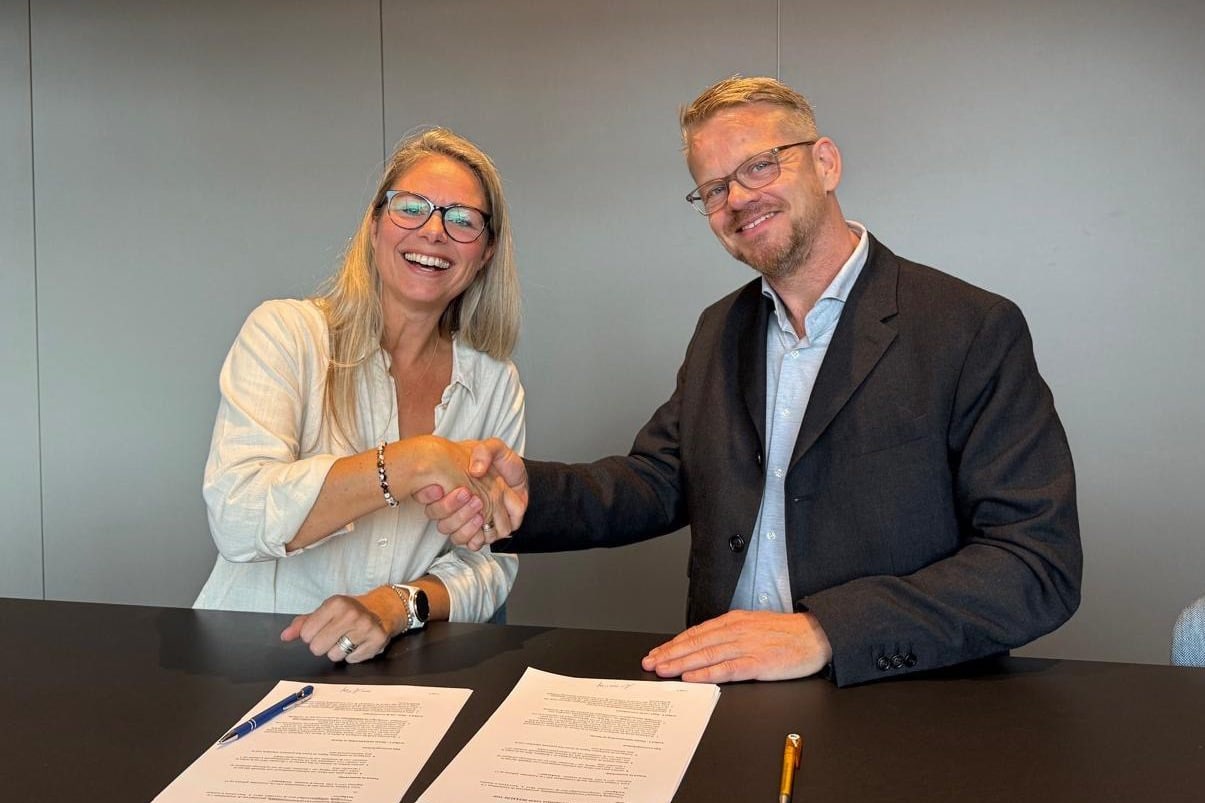
Engineering and delivery of steel fiber concrete for unusual bicycle parking in the water
The IJboulevard bicycle shed at the rear of Amsterdam Central Station is a very special project because of its construction in the water. This location naturally provides the necessary challenges for the realization of the prefab concrete construction, also with regard to the amount of reinforcement needed in the walls to make them watertight. Van Hattum en Blankevoort, responsible for the execution of the project, engaged Bekaert NV for the engineering and delivery of the steel fiber concrete.

A special application of the existing zinc tunnel technique was used for the construction of bicycle parking facility IJboulevard. This was also the first time this technique had been used for a bicycle shed. Usually elements, such as those used here, are sunk to the water bottom to form a tunnel. Here, however, they were placed on piles so that the top half of the tunnel sections remained above water, forming the boulevard.
"We were involved in this project by Van Hattum en Blankevoort to help think about a possible solution with hybrid reinforcement, in the form of Dramix steel fibers and a reduced amount of traditional reinforcement," says Bart Wight, sales representative in the Netherlands for Dramix. "The walls of the precast concrete structure are themselves the only barrier against water seeping into the tunnel. Consequently, the amount of traditional longitudinal reinforcement required to control a crack width of up to 0.10 to 0.15 mm was a lot higher than what is required to ensure structural stability. With our Dramix steel fibers, we were able to provide a solution here."
Effect on crack width, cost and braiding
During the transport phase, floating, the elements of the tunnel hang in the water, so to speak. As a result, the greatest tensile forces occur at the top of the walls, while there is compressive force in the lower slab. Thus, to control cracks, more traditional longitudinal reinforcement was needed at the top than at the bottom. At the bottom, two layers of reinforcement with a diameter of 25 mm on each side were sufficient, but in the upper part, four layers of reinforcement with a diameter of 32 mm - two on each side of the wall - had to be applied every 110 mm. That would make for a lot of work.

"The effect of our steel fibers on crack width is relatively easy to explain. The post-crack tensile strength of the concrete, which is 0 without steel fibers, increases to a certain value depending on the type of steel fiber and the dosage. Thus the force, which has to be absorbed by the traditional reinforcement, is a lot lower, so that the desired steel tension and intended crack width can be realized with less traditional reinforcement," explains area sales manager Ben Vanheuverzwijn. "The addition of 25 kg/m³ 5D 65/60GG Dramix steel fibers in this project allowed us to drastically reduce the required longitudinal reinforcement, depending on the position in the wall: at the top from 375 kg/m³ to 190 kg/m³, in the middle from 190 kg/m³ to 125 kg/m³ and at the bottom from 126 kg/m³ to 25 kg/m³. Thus 20% was saved on the cost of longitudinal reinforcement and 30% on CO2. Not to mention the significant savings on the braiding of the reinforcement."




